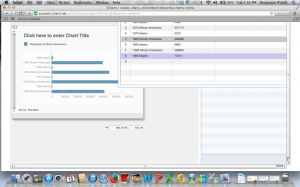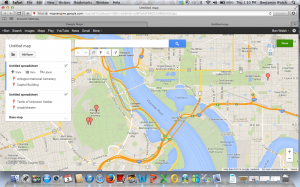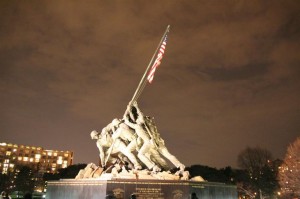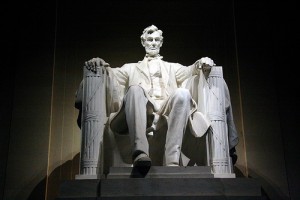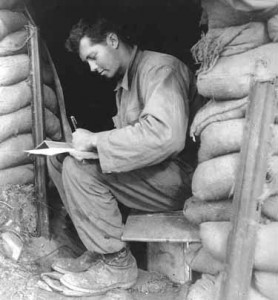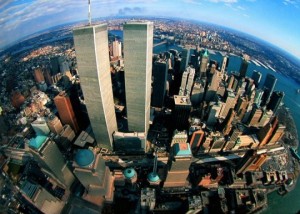During our class Wednesday and through the reading assignments I learned many valuable things including what I had already imagined, which is that our online activities are not secure. I learned that the chances of being hacked are very high and that it is relatively very easy for an experienced hacker to retrieve valuable information from me. For example, l learned that firewalls are essentially roadblocks that hackers will eventually get passed. In addition, I learned that Google basically knows everything there is know about me based off storing all of the information I have searched, which is how they can target particular ads they believe will pertain to me. Also, from both the class and the readings I learned that we make it very easy for our online activities to not be secure. This is because we make fairly easy passwords to crack. This is because while we may have twenty separate accounts for various programs we maintain very similar passwords for all them if not keep the same exact one. This dangers of online activities is endless and from what I have learned the best approach to using the internet is with the mindset that someone can find anything you do and to use it at your own caution.
My project is going well. I have roughly 100 words left in my narrative essay and then have to complete my About Page, which should not take me too long. Also, I have all twelve of my items in, but plan to add more. The bulk of the work I have left for my project is to create the exhibit and collection. This, which originally seemed intimidating because I have never been that tech savvy seems like it wont be that bad anymore because after navigating through Omeka building my archive I have learned my way around the program. The particular item that I am most excited about and find most useful is President Warren G. Harding’s address at the Tomb of the Unknown Soldier. I will not explain in detail because that is in the project, but in short he explains the importance of the Tomb of the Unknown Soldier and what it means to Americans. This project has proved to be challenging, but it has also been fun to learn many things I never knew before. I look forward to seeing how my project turns out.
